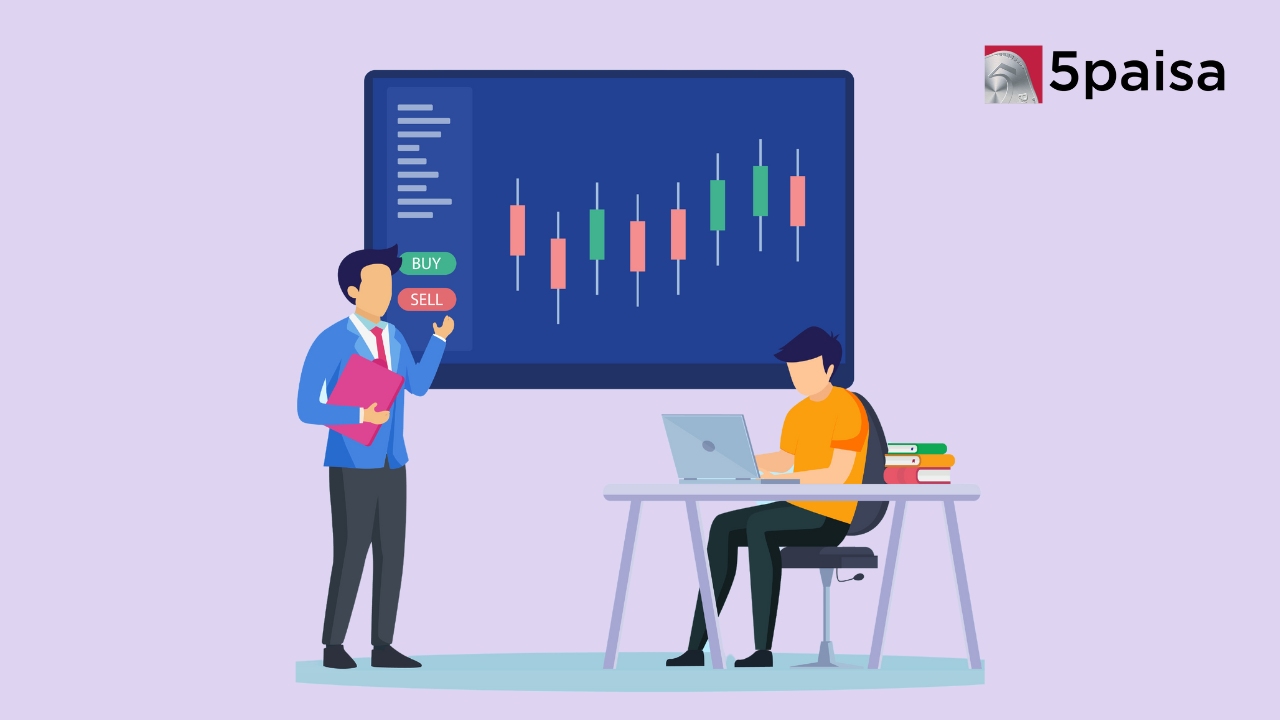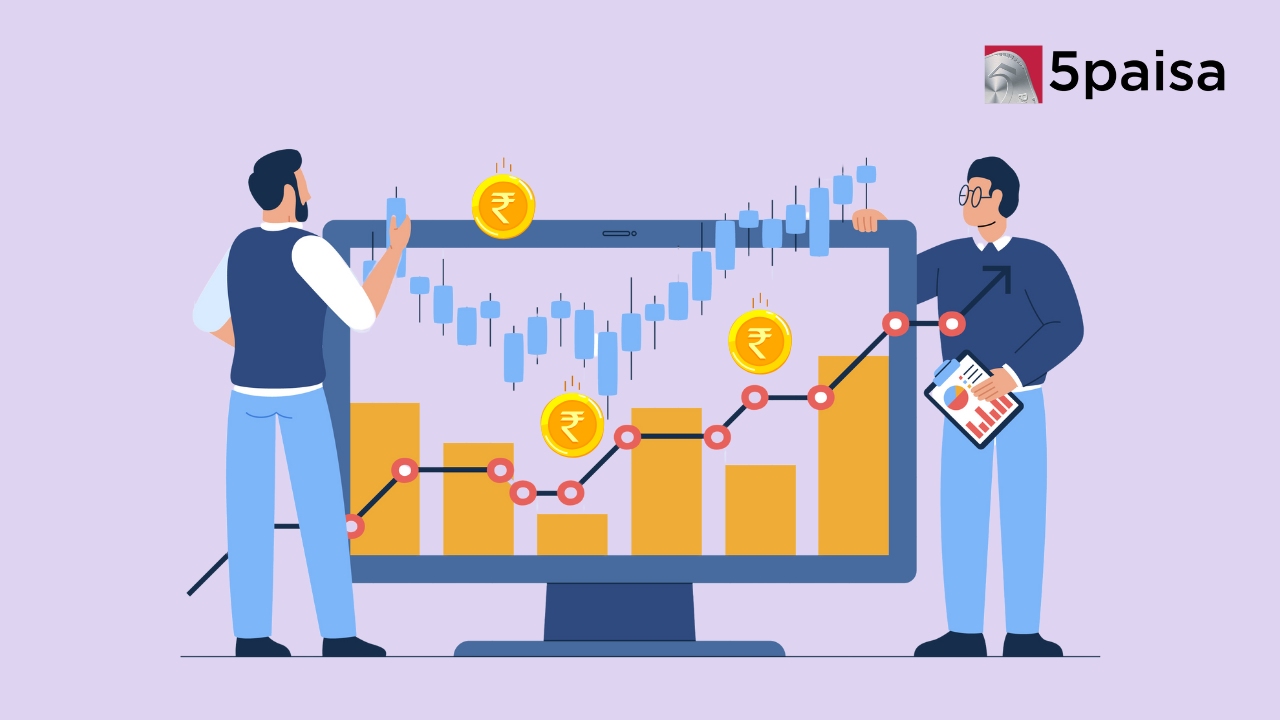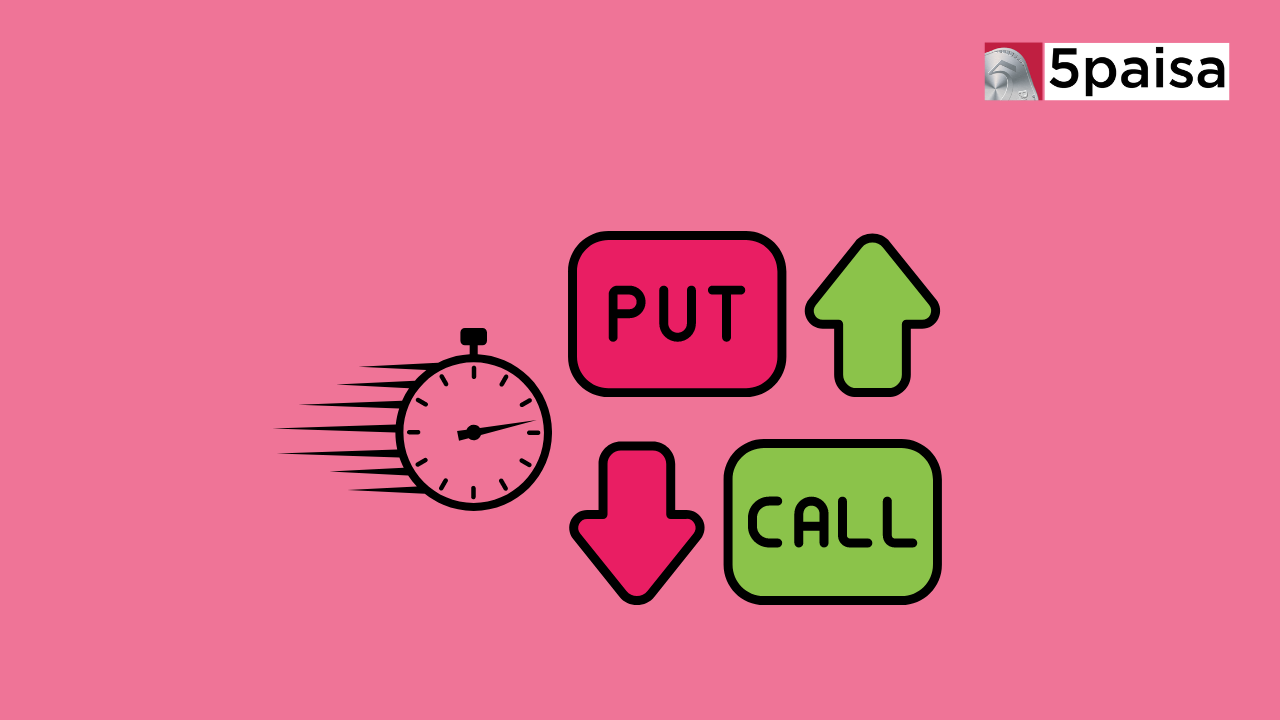Options Convention 2025: The Ultimate Options Trading Experience Is Here!
Put Backspread Explained - Back Spread Options Strategy

What is Put Backspread?
The Put Backspread is reverse of Put Ratio Spread. It is a bearish strategy that involves selling options at higher strikes and buying higher number of options at lower strikes of the same underlying asset. It is unlimited profit and limited risk strategy.
When to initiate the Put Backspread
The Put Backspread is used when an option trader believes that the underlying asset will fall significantly in the near term.
How to construct the Put Backspread?
-
Sell 1 ITM/ATM Put
-
Buy 2 OTM Put
The Put Backspread is implemented by selling one In-the-Money (ITM) or At-the-Money (ATM) put option and buying two Out-the-Money (OTM) put options simultaneously of the same underlying asset with the same expiry. Strike price can be customized as per the convenience of the trader.
|
Strategy |
Put Backspread |
|
Market Outlook |
Significant downside movement |
|
Upper Breakeven |
Strike price of short put -/+ premium paid/ premium received |
|
Lower Breakeven |
Long put strike - Difference between Long and Short strikes (-/+) premium received or paid |
|
Risk |
Limited |
|
Reward |
Unlimited (when Underlying price < strike price of buy put) |
|
Margin required |
Yes |
Let’s try to understand with an Example:
|
NIFTY Current market Price Rs |
9300 |
|
Sell ATM Put (Strike Price) Rs |
9300 |
|
Premium received (Rs) |
140 |
|
Buy OTM Put (Strike Price) Rs |
9200 |
|
Premium paid (per lot) Rs |
70 |
|
Net Premium Paid/Received Rs |
0 |
|
Upper BEP |
9300 |
|
Lower BEP |
9100 |
|
Lot Size |
75 |
Suppose Nifty is trading at Rs 9300. If Mr. A believes that price will fall significantly below 9200 on or before expiry, then he can initiate Put Backspread by selling one lot of 9300 put strike price at Rs 140 and simultaneously buying two lot of 9200 put strike price at Rs 70. The net premium paid/received to initiate this trade is zero. Maximum profit from the above example would be unlimited if underlying asset breaks lower breakeven point. However, maximum loss would be limited to Rs 7,500 (100*75) and it will only occur when Nifty expires at 9200.
For the ease of understanding, we did not take in to account commission charges. Following is the payoff schedule assuming different scenarios of expiry.
The Payoff Schedule:
|
On Expiry NIFTY closes at |
Net Payoff from 9300 Put Sold (Rs) |
Net Payoff from 9200 Put Bought (Rs) (2Lots) |
Net Payoff (Rs) |
|
8700 |
-460 |
860 |
400 |
|
8800 |
-360 |
660 |
300 |
|
8900 |
-260 |
460 |
200 |
|
9000 |
-160 |
260 |
100 |
|
9100 |
-60 |
60 |
0 |
|
9150 |
-10 |
-40 |
-50 |
|
9200 |
40 |
-140 |
-100 |
|
9250 |
90 |
-140 |
-50 |
|
9300 |
140 |
-140 |
0 |
|
9350 |
140 |
-140 |
0 |
|
9400 |
140 |
-140 |
0 |
|
9450 |
140 |
-140 |
0 |
|
9500 |
140 |
-140 |
0 |
The Payoff Graph:

Impact of Options Greeks:
Delta: If the net premium is paid, then the Delta would be negative, which means any upside movement will result into premium loss, whereas a big downside movement would result in to unlimited profit. On the other hand, If the net premium is received from the Put Backspread, then the Delta would be positive, which means any upside movement above higher breakeven will result into profit up to premium received.
Vega: The Put Backspread has a positive Vega, which means an increase in implied volatility will have a positive impact.
Theta: With the passage of time, Theta will have a negative impact on the strategy because option premium will erode as the expiration dates draws nearer.
Gamma: The Put Backspread has a long Gamma position, which means any major downside movement will benefit this strategy.
How to manage Risk?
The Put Backspread is exposed to limited risk; hence one can carry overnight position.
Analysis of Put Backspread:
The Put Backspread is best to use when investor is extremely bearish because investor will make maximum profit only when stock price expires at below lower (bought) strike.
- Flat Brokerage
- P&L Table
- Option Greeks
- Payoff Charts
Trending on 5paisa
Futures and Options Related Articles
Disclaimer: Investment in securities market are subject to market risks, read all the related documents carefully before investing. For detailed disclaimer please Click here.

 5paisa Capital Ltd
5paisa Capital Ltd




